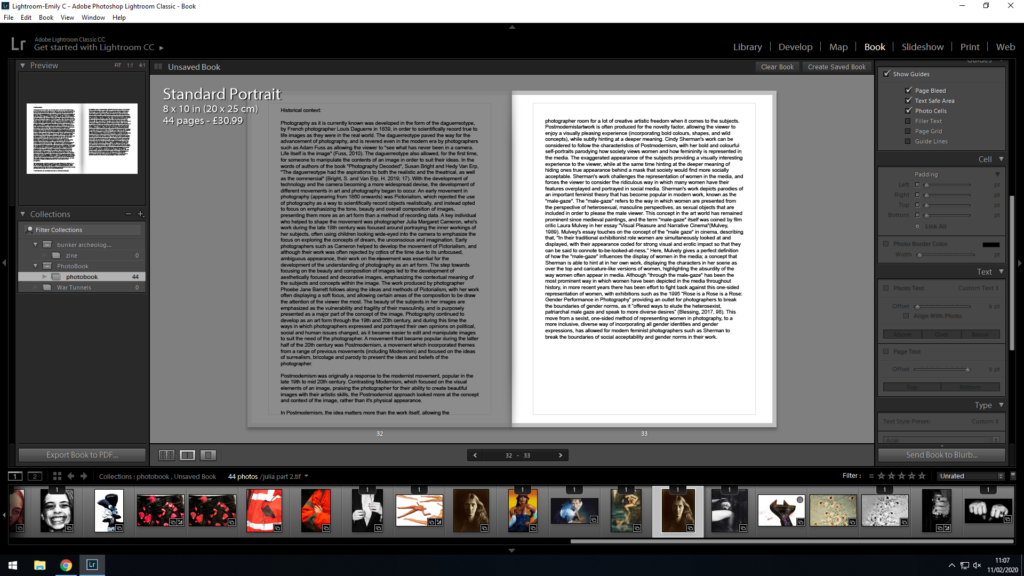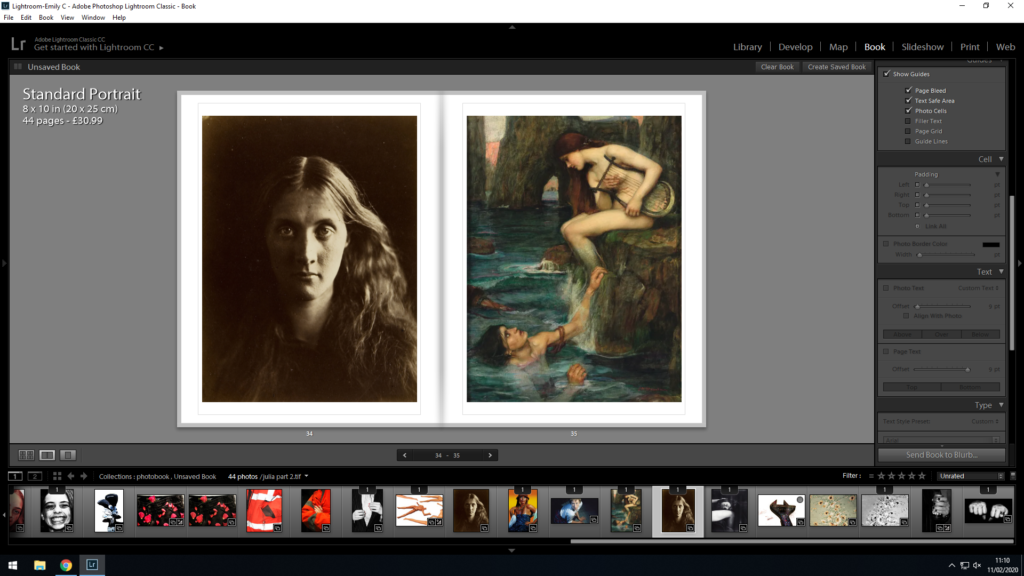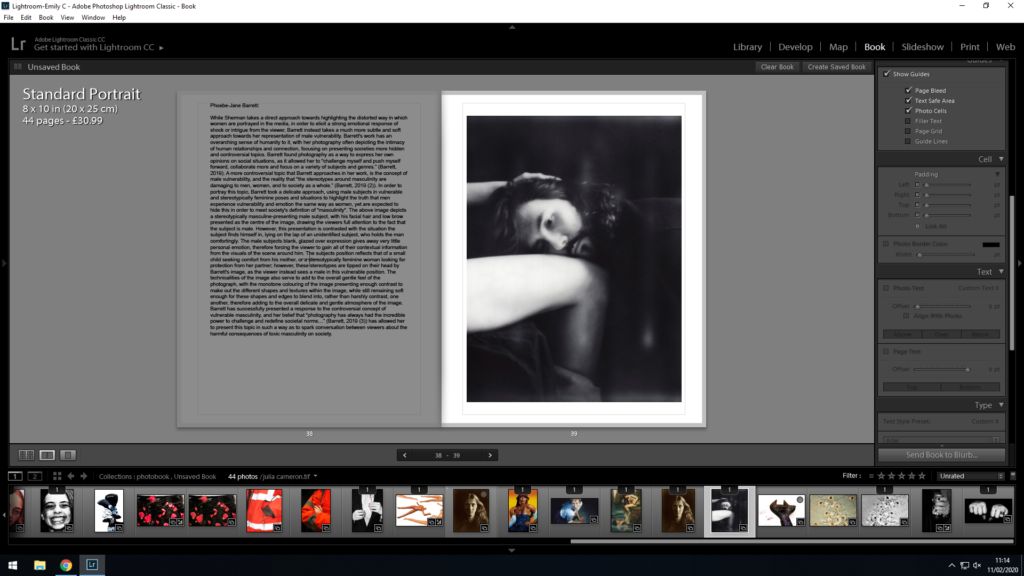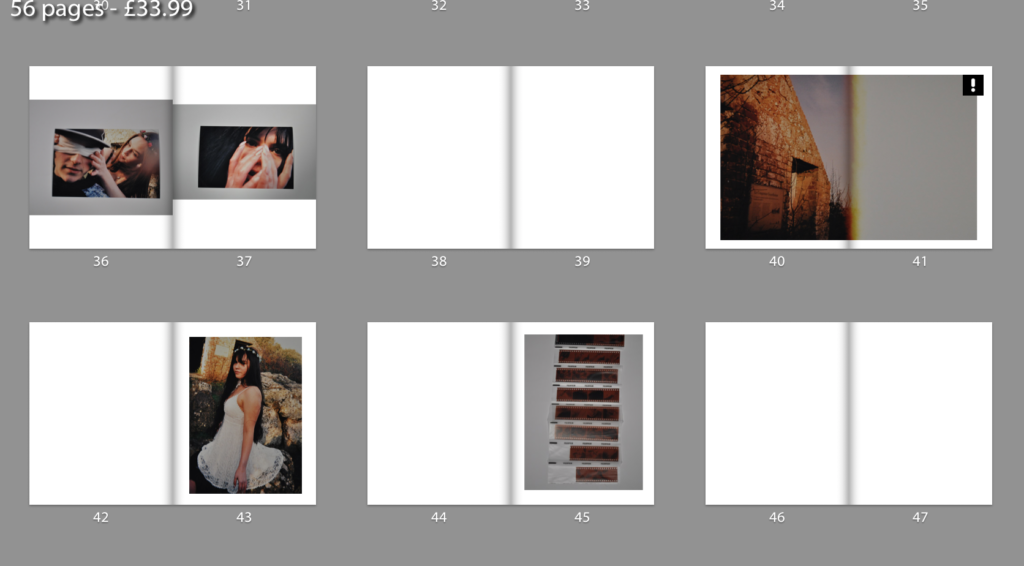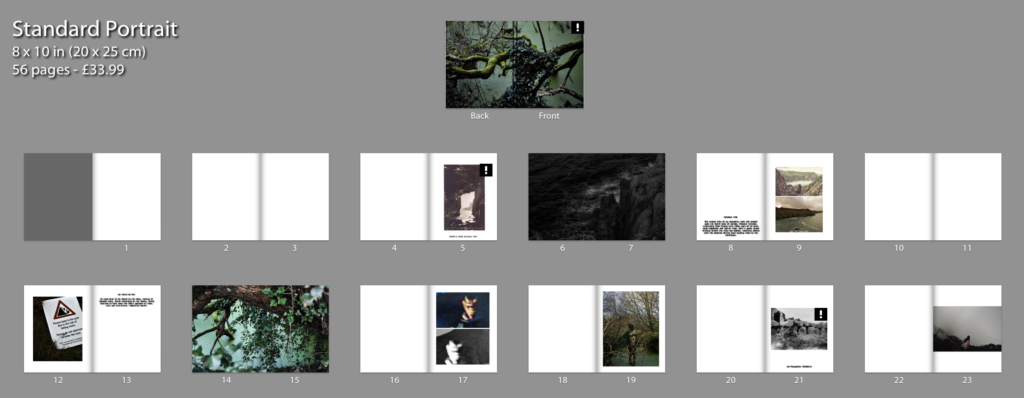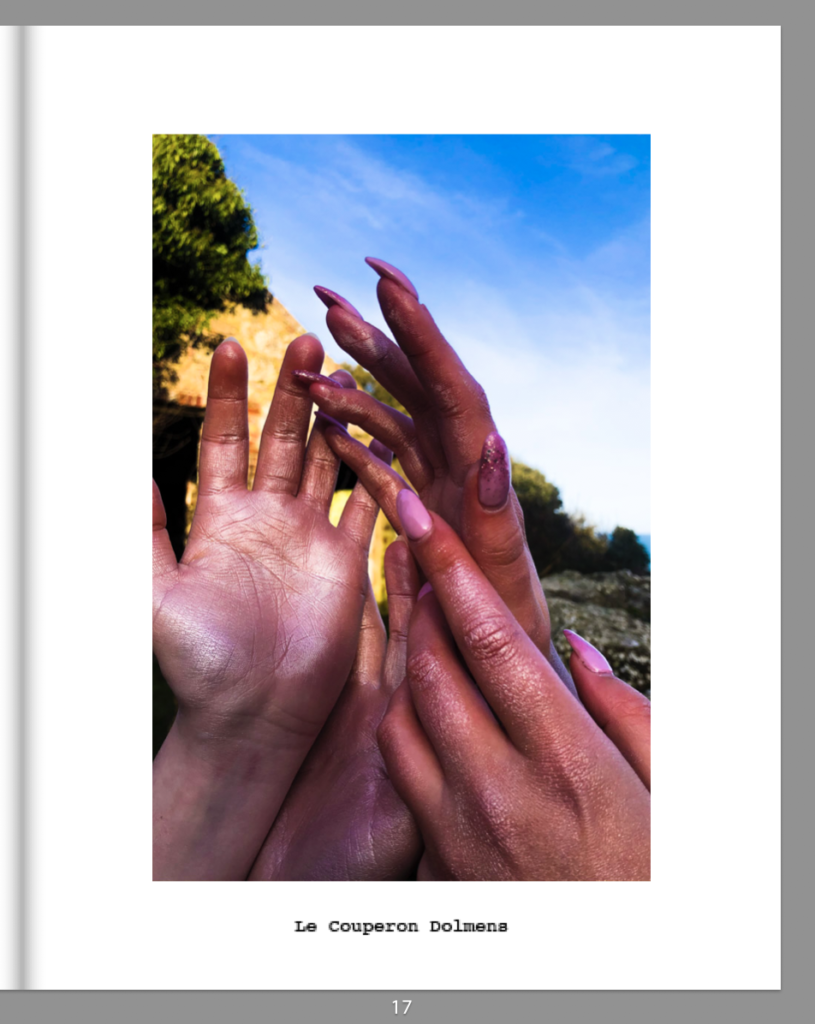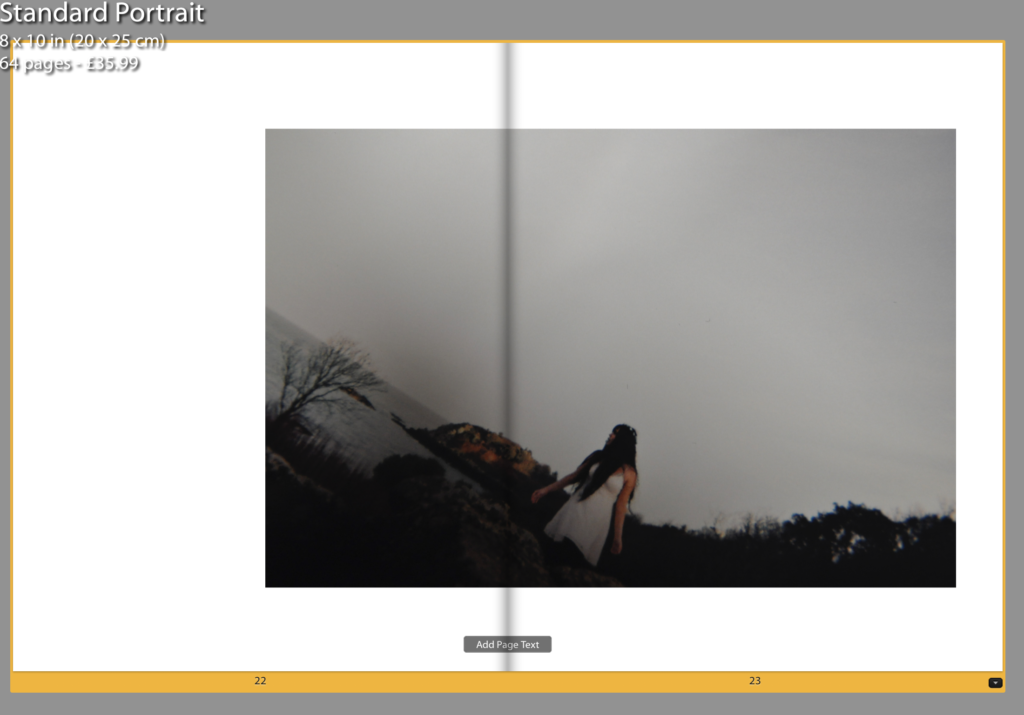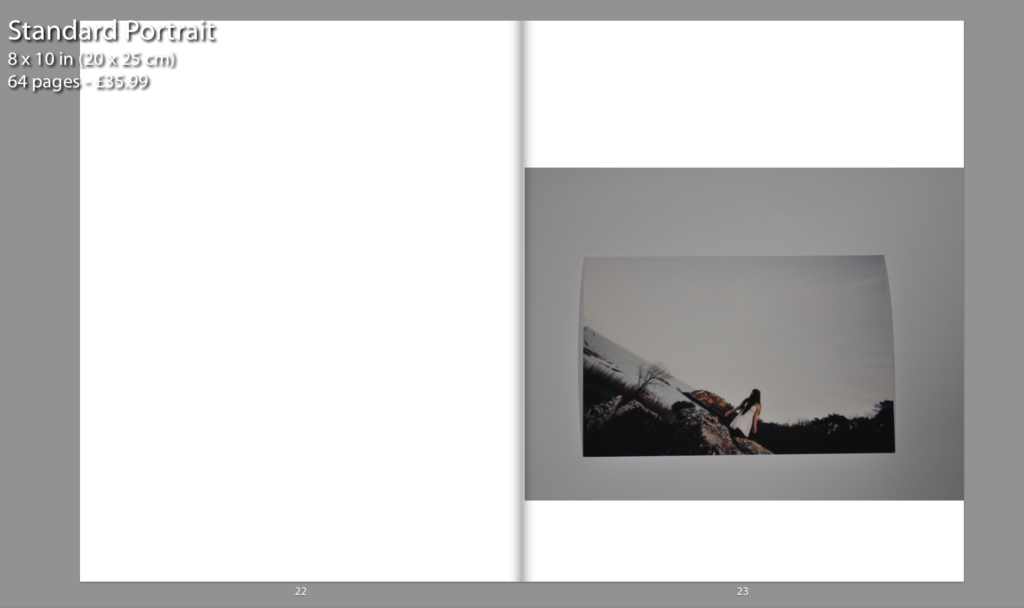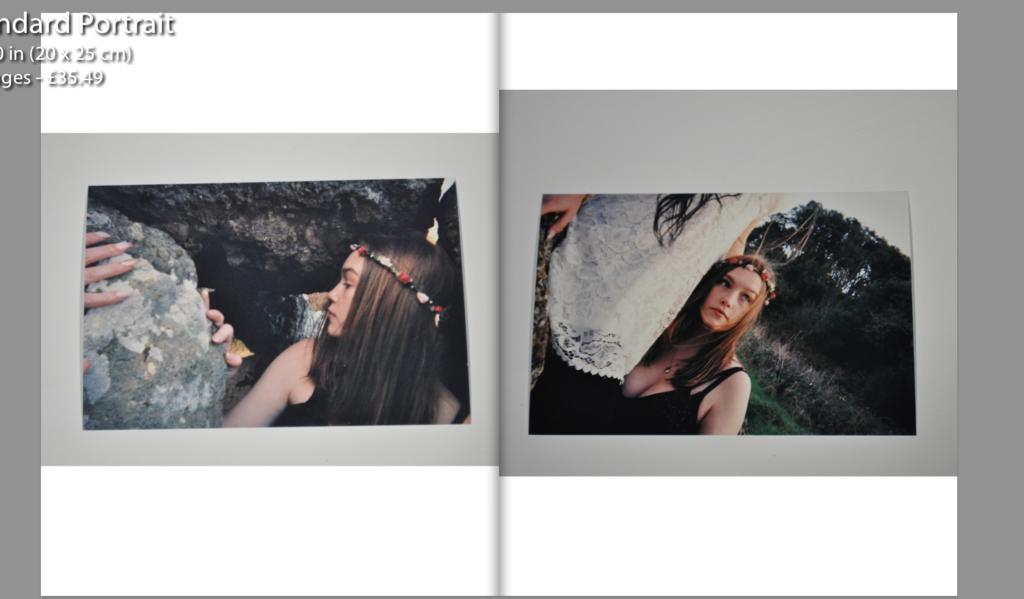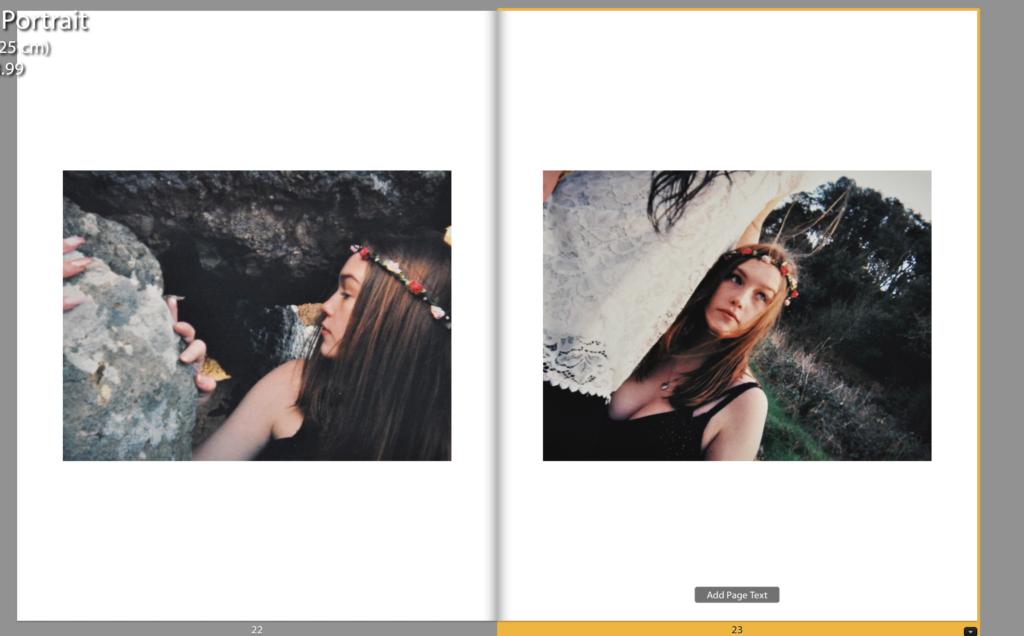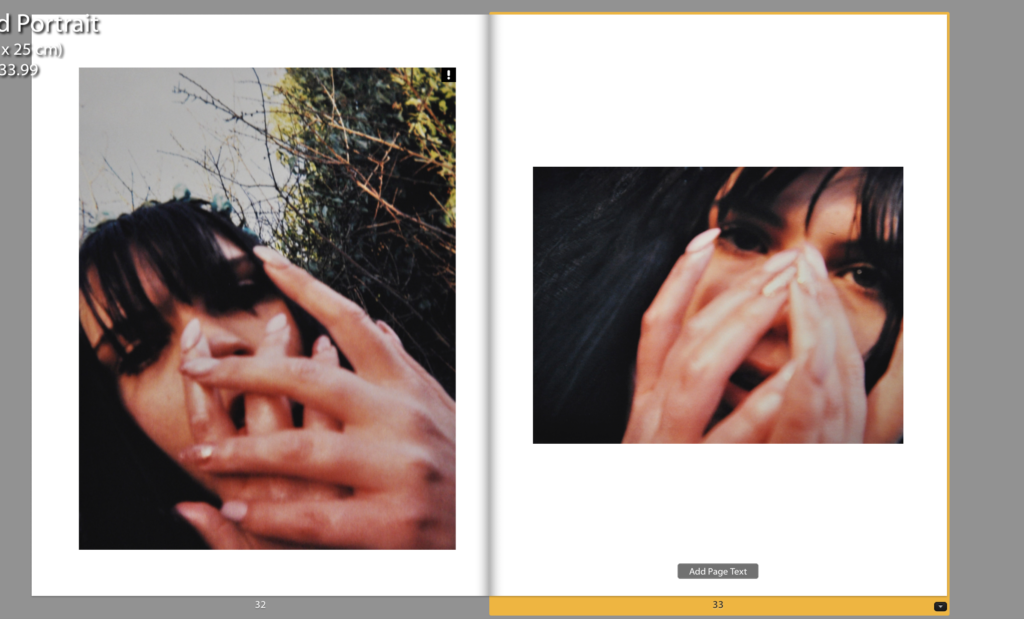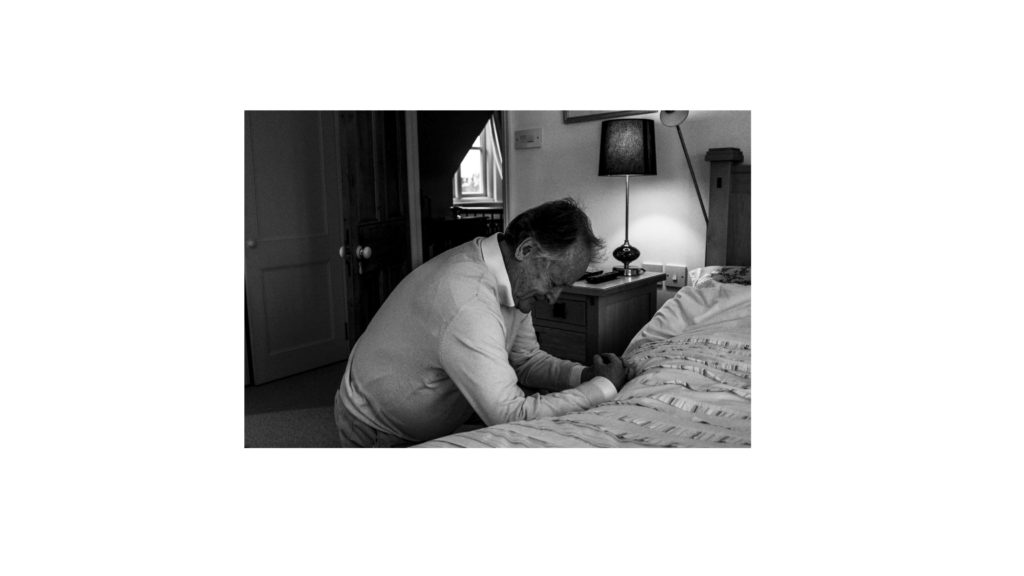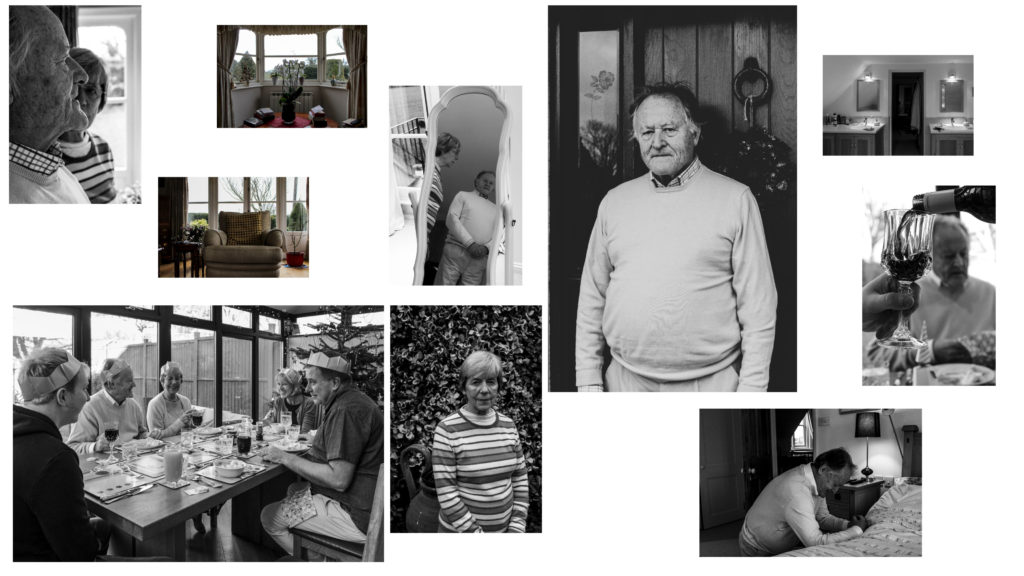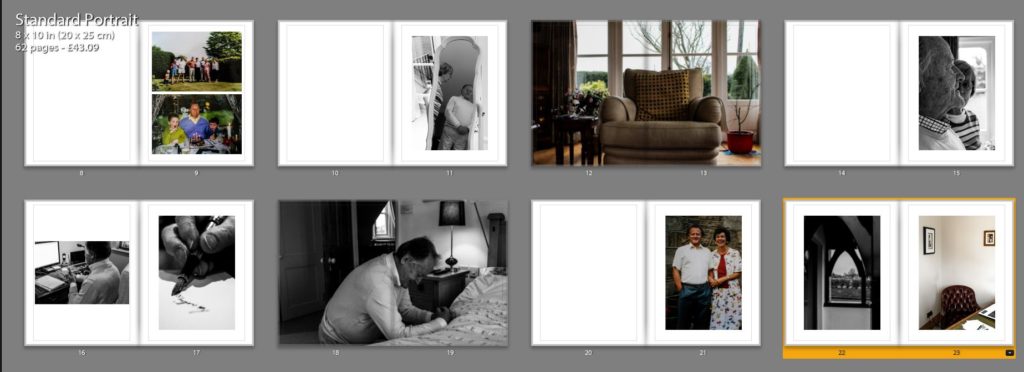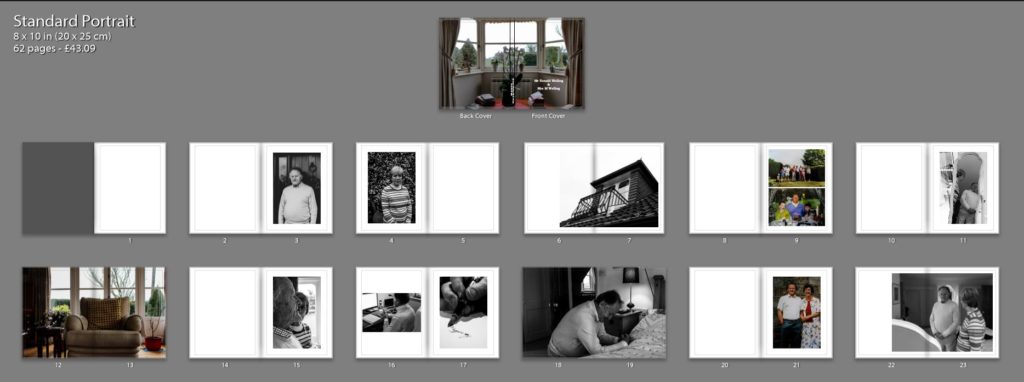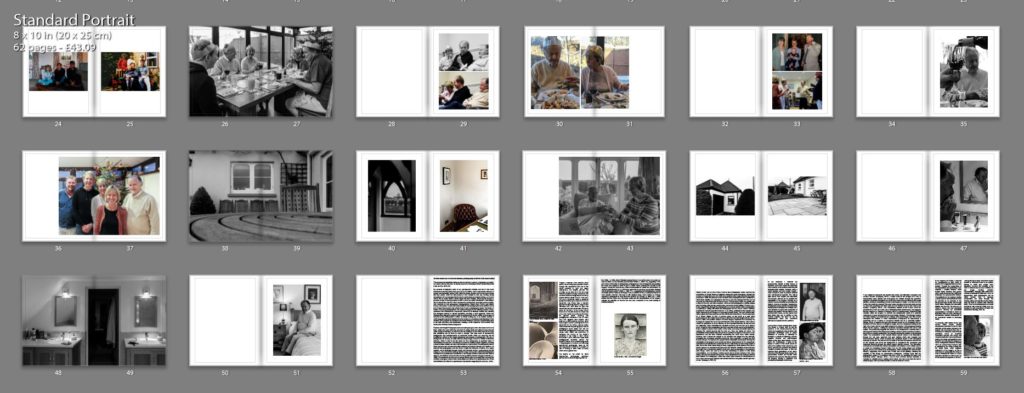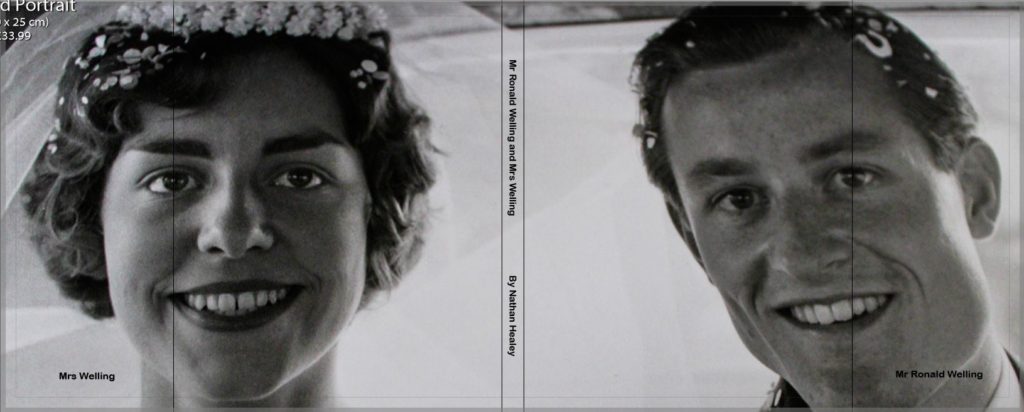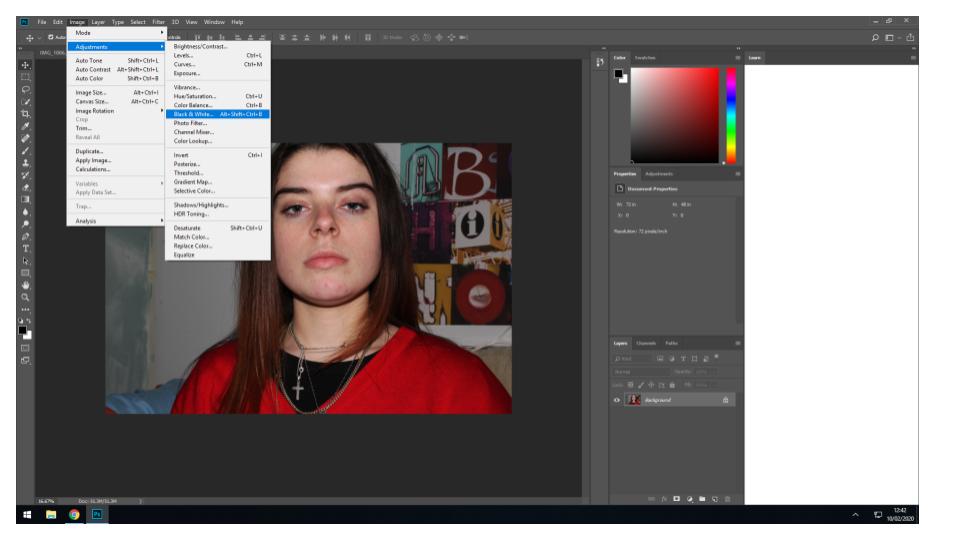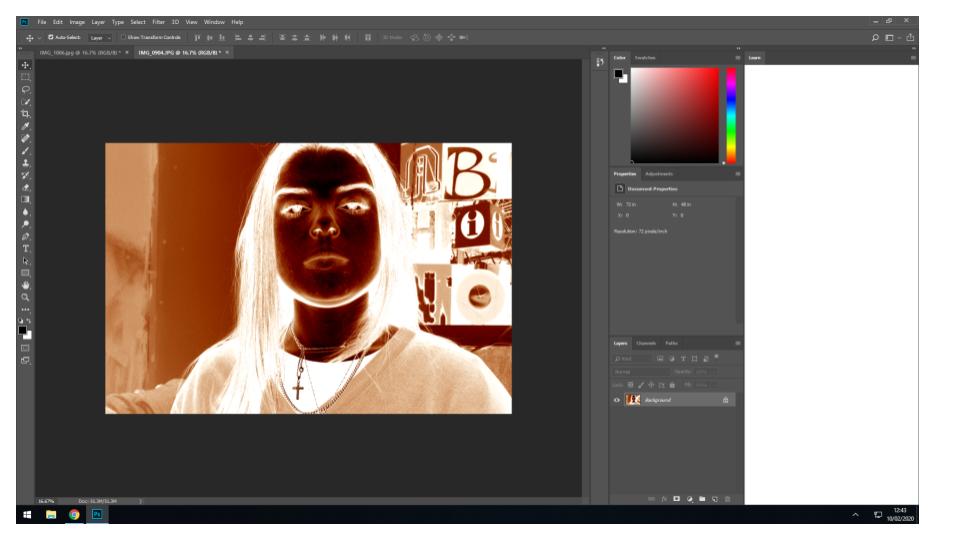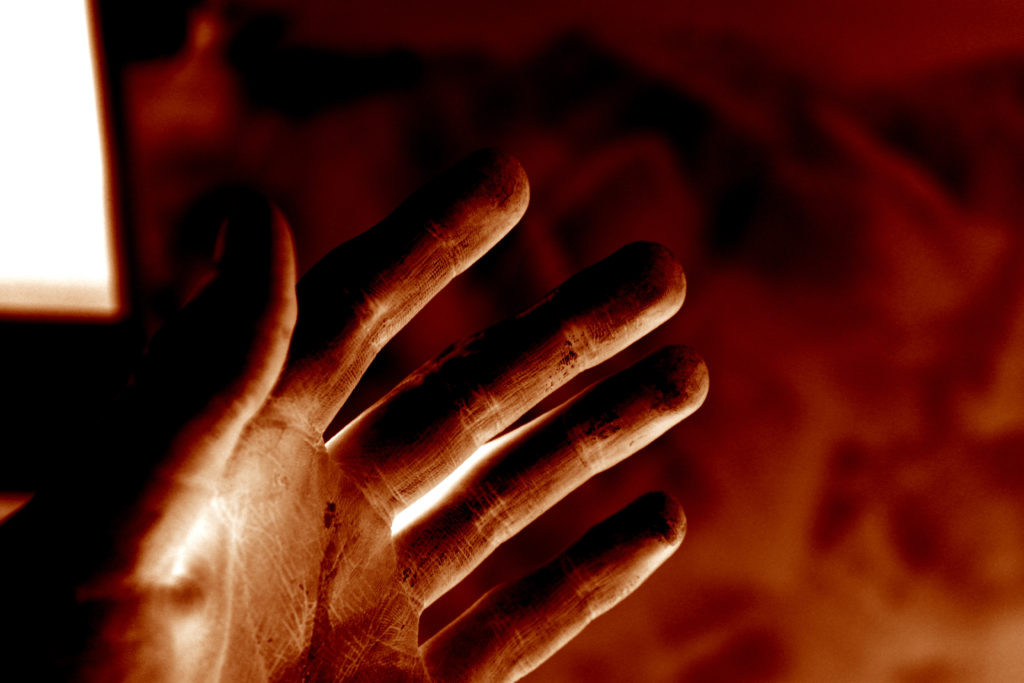How does the work of Darren Harvey-Regan explore abstraction as an intention and process?
“Something I’ve tried to cloud in the past by showing photographs alongside the exact objects they depict. While that considers the interplay around the translation of object to image – a photographic object being located at an intriguing point of overlap between the two –The Erratics does attempt to reach wider, bringing the flattening of that fourth dimension into the picture.” (Darren Harvey-Regan on Naomi Itami. 11.Dec.2016: ¶5)
This quote explores the idea that the medium of photography as a whole is an abstraction of times as it is able to capture that moment with no context of the prior nor future events, potentially meaning that abstraction is an unintentional reality for all works of photography. In my personal investigation I am looking to explore the concept of abstract photography, its application and the process of intentionally practicing abstraction. This work intrigues me as it is – at times – able to derive the basest elements of a complex three-dimensional form, resulting in a visually interesting product. The best works of abstraction are able to reduce a form to the point where there are no discernible three dimensional forms in the image similar to the works in The Erratics, the merging of three and two dimensional forms seamlessly through precise lighting and composition. I will be primarily exploring the works of Darren Harvey-Regan in The Erratics due to the use of shape and black & white photography to approach abstraction in a variety of forms of photography and lighting, revolving around a primary subject. Previously I have studied abstraction of forms using a large aperture and close up photography; I am now looking to practice abstraction via subject and lighting manipulation as opposed to camera/ editing tricks. I am looking to photograph the sea wall and establishing shots of the surrounds as well as forming sculpture from similar aggregates used in the sea wall in order to explore the forced labour used to construct the German defensive structures in Jersey. I will be shooting using a small aperture in order to capture the full detail in the image in conjunction with a tripod in order to allow the use of longer shutter speeds to capture any darker details. “If manipulation is the first thing someone thinks of in connection to photography, what does that say about the photograph as a reflection of reality?” (Bright, S. and Van Erp, H. 2019: 17) as such post-processing will be kept minimal and will mostly consist of contrast adjustments and/ or making the images black & white in particular cases as I want the image to closely resemble that of reality while not being immediately recognizable as an untouched image.
– Abstraction in Modernism –
This paragraph will be exploring the concept of abstraction in photography, relating to the modernist movement and its strong themes of abstraction. I will also briefly address the idea of abstraction time. The idea that photography is intrinsically an abstraction of time stems from the fact that photos capture a scene at a moment in time, quintessentially removing itself from the fourth dimension “bringing the flattening of that fourth dimension into the picture.” (Itami, N. 11.Dec.2016: ¶5). Since abstraction can be defined as the consideration of something separate from its attributes or associations, all photography has an element of abstraction as time is an intrinsic property of the scene however the scene is removed from time in a photograph. Abstract photography began amassing popularity approaching the 1920s, this was spurred on by the works of those such as Christian Schad and Man Ray and was preceded by several years by what many consider the birth of modernist photography. Modernism in design and art had already began in the late 19th century however photography picked up modernism in the 1910s. The term ‘abstract photography’ is incredibly ambiguous however from the definition of abstraction it can at least be inferred that a defining property of abstract artwork is the detachment from different attributes or associations. This definition can be interpreted in numerous ways; many of the early abstract photographers used this to explore taboo socio-political matters including that of the gradual absolution of gender roles within the modern world or tackling issues of racism and segregation prevalent at the time. Abstraction can however also be tackled in a more visual sense via the removal of dimensions to create visually interesting compositions, most commonly the removal of the third dimension in order to explore textural work or the interaction of different tones and colours together. Many of the early abstract photographers explored the possibility of creating photography without the use of a camera. This would be done by placing objects directly onto photosensitive paper, essentially removing the third dimension as only the surface in contact with the photosensitive paper would transfer onto it resulting in a flat composition with only texture, shape tone and colour. This relates to the ideas of modernist photography as works prior to the movement were to comply with the confines of traditional art in order to have a chance at being considered as art, this movement however served to defy these confines thus helping bring photography into an artistic medium of its own and not simply an imitation of traditional paintings.
– Darren Harvey-Regan –
“The photography of British artist Darren Harvey-Regan (b.1974) embraces the convergence of genres: abstract, landscape and still life. Darren’s photographs are not saturated with objects. He defines his focus towards particular sculptural forms and geometrical shapes, often looking towards nature’s own lines and curves – in order to create pure abstract worlds with mixed dimensions and clean contours.” (Savitskaya, A. 15.May.2015: ¶1).
This quote defines the aspects of Darren Harvey -Regan’s photography I am looking to explore. His work on The Erratics perfectly exemplifies this quote. The Erratics is a collection of work comprised of sculptures, photography as well as a book created by Darren Harvey-Regan. The word ‘erratic’ referring to “a rock that has been transported by a glacier to somewhere far from its native environment.” (Graham, T. 11.May.2017: ¶1). The body of work is focused of rock formations and sculpted chalk with the subject of the photos alternating across pages between the found rocks (particularly the stones within the desert at the start of the book) where these monolithic structures are contrasted with the manmade chalk sculptures. The outdoor shots spanned from the white cliffs of Dover to eastern Egypt. The use of sliced chalk facilitates the contrast of the textured, natural surface of the stone as well as the smooth faces where it has been cut. This results in an interesting reaction from the subject with the lighting; the lighting appears to be a single source painstakingly placed at an angle at which the drop shadows from the subject aren’t harsh despite detailing a lot of the texture surface while creating flat lighting of the smooth surfaces of the chalk resulting in an abstraction of the three dimensional forms by creating these surfaces which appear flat in the three dimensional space. The flat subjects are aligned with the edges of the plinth upon which it is placed. The plinth itself is cuboidal thus complimenting the sharp cut faces of the sculpture. By aligning the sculptures in this manner, it creates the illusion that the images are composed of two or more separate exposures, combined in the post-production process. The creative choice to shoot in black and white allows the white levels of the sculptures, plinth and the background as well as hiding any colour differences in frame. The lack of colour also allows for better control over tone by allowing the colour levels to be adjusted (assuming the images where originally, digitally shot in colour) while having no bearing on the saturation nor vibrancy of the image. Contrast and detail are essential to creating impactful images of such subjects when shot in this manner. The images shot in the desert are considerably more chaotic due to the lack of control over lighting conditions thus much of the work feature harsher lighting with more interesting background conditions. This work displays the erosion of these rock formations over time, linking back to the idea of abstraction of time.
For my response to The Erratics I decided it would be fitting to my narrative to use pieces of concrete collected from various defensive sites that had been chipped off on account of decades of weathering; as a result, the indentations are filled with various sediments giving more colour depth than the concrete alone. Outward facing surfaces of the concrete are also visibly worn down, creating a variety of textures in each image.
My responses were shot using single point lighting (with negligible ambient lighting) in the studio, using a still life table. All photos were taken using 200 ISO, 55mm focal length, 1/50th second shutter and an aperture of f/ 5.6.
I decided not to use a plinth to hold the concrete and instead used an infinity screen. This allowed me to better explore texture as opposed to shape. In reflection, more ambient lighting (and potentially backlighting) would’ve been beneficial as it would minimize the drop shadow further abstracting the third dimension. The presence of the reflection doesn’t bother me as it still appears flat and doesn’t add to form in the manner of a drop shadow. In spite of these issues, the images still serve their purpose from a contextual standpoint as it gives a closer look to the workmanship of the slave labourers. I believe my responses do visually reflect the work of Harvey-Regan to an extent due to the similar level of contrast however my images do feature a brighter white level although this may be a result of Harvey-Regan’s work being scanned from prints.
– Donald Weber –
“Once the link between flatness and immediacy is severed a concern with the surface does not vanish. It is rather that the surface is refigured and consequently it becomes possible to reintroduce the surface, though now as open space without a single unified texture. Hence-forth the surface will have been freed from the necessity to be a single texture and thus will have been opened up such that not only can it bear the complexity of the art’s work, but it can represent itself as the field of that work” (Benjamin, A. 1996: p.42)
Immediacy is a philosophical concept with implications of an event or object destitute of any intervening medium. An exemplar of this being viewing an artwork and experiencing the scene as your own, unlike the sense of viewing a photograph or painting and instead experiencing the moment captured by the artist, Irregardless of the medium. This is a philosophical concept that primarily lends itself to realism in photography or ‘Trompe-l’œil’ painting. The quote above can be summarised as breaking the link between flat artwork and realism or representation, implying that art doesn’t have to represent the real world, and this applies to photography. This idea and its antithesis are explored throughout War Sand by both including Tableaux vivants images comprised of figurines and sand samples, re-enacting the Normandy landings while also photographing everyday scenes in a manner which abstracts form from the scene and by using spectroscopic imagery of various sand samples from the beaches of Normandy – known under the alias of micro-archaeology – providing an unusual perspective on an all too usual subject. This medium allows the highlighting of the remaining shrapnel across Normandy from the infamous D-Day landings; this metaphorically explores the long-lasting impact caused by WW2, still experienced today by people across the globe. Many of images in the given body of work are shot featuring overcast weather thus creating an abundance of ambient light resultantly lacking in drop shadows and minimising saturation subsequently maintaining a documentary approach while exploring abstraction of form. Many of the images are quite similar and can appear repetitive by design; this appears to be a conscious choice made by Donald Weber to maintain the clinical approach to this body of work, further emphasized by the inclusion of spectroscopic imagery towards the conclusion of book. These images are later contrasted by the Tableaux images which ironically are more familiar to the viewer than the images of the – so to speak – real subjects.
In response to Donald Weber, I have decided to stick to photographing solely landscape subjects as I found that the tableaux and spectroscopic imagery wouldn’t fit thematically nor aesthetically with my body of work.
My response shots were taken using natural lighting under overcast conditions to create soft drop shadows and diminished contrast and saturation. The photos were taken using a variety of camera settings according to the different lighting situations encountered as well as differing subjects. All photos however used an ISO tending towards 1600 and the shutter speed matched the inverse of the focal length in mm in allow adequate exposure without capturing motion blur – to a reasonable degree – and an aperture of f/ 5.6 to allow more light to reach the sensor.
I believe that my images quite closely resembled those of Weber in composition however due to my choice of lighting and editorial choices to keep the images muted they do not resemble his images tonally nor in saturation.
– Conclusion –
In conclusion I have found that abstraction is more than simply a genre and is however a powerful tool that can be used to explore a wide array of subject manner, ranging from simply exploring interesting visual compositions to peacefully protesting various socio-political taboos. The introduction of influence from the likes of Weber and Harvey-Regan have allowed me to develop my work in a manner that allowed me to better explore abstraction of visual elements. The studio shots allowed me to explore shape and lighting in a manner similar to that of Harvey-Regan while having an element of texture within the primary subject while introducing elements of my own artistic identity. While this did distract from the initial intention of the artist study, I believe this did help me to grow as both a photographer and an artist, while deepening my overall understanding of abstraction as a medium as there is no precise definition to abstraction in art, only loose guidelines and implications associated with the genre. My artist study of Weber was more faithful in a visual regard as I believed that his style of composition particularly fit my desired aesthetic. I did however take some artistic liberties when choosing both the timing and weather conditions for my shoots as well as the choices made in post-production as my work is more muted than Weber’s body of work. My study on Weber was an excellent opportunity to explore texture in photography as the lack of discernible three-dimensional forms left ample room to incorporate form without resulting in an image that looks overly cluttered.
Bibliography: Bright, S. and Van Erp, H. (2019). Photography Decoded. London: Ilex.
Itami, N. (11.Dec.2016). Darren Harvey-Regan/ The Erratics/ Interview. Berlin: Hatjecantz.
Graham, T. (19.May.2017). Snapshot: ‘The Erratics’ by Darren Harvey-Regan. London: Financial Times.
Savitskaya, A. (15.May.2015). I think we confuse photography and art by trying to harmonize all its possible contexts – interview with Darren Harvey-Regan. Belgium: ArtDependance.
Benjamin, A. (1996). What is Abstraction. London: ACADEMY EDITIONS.










